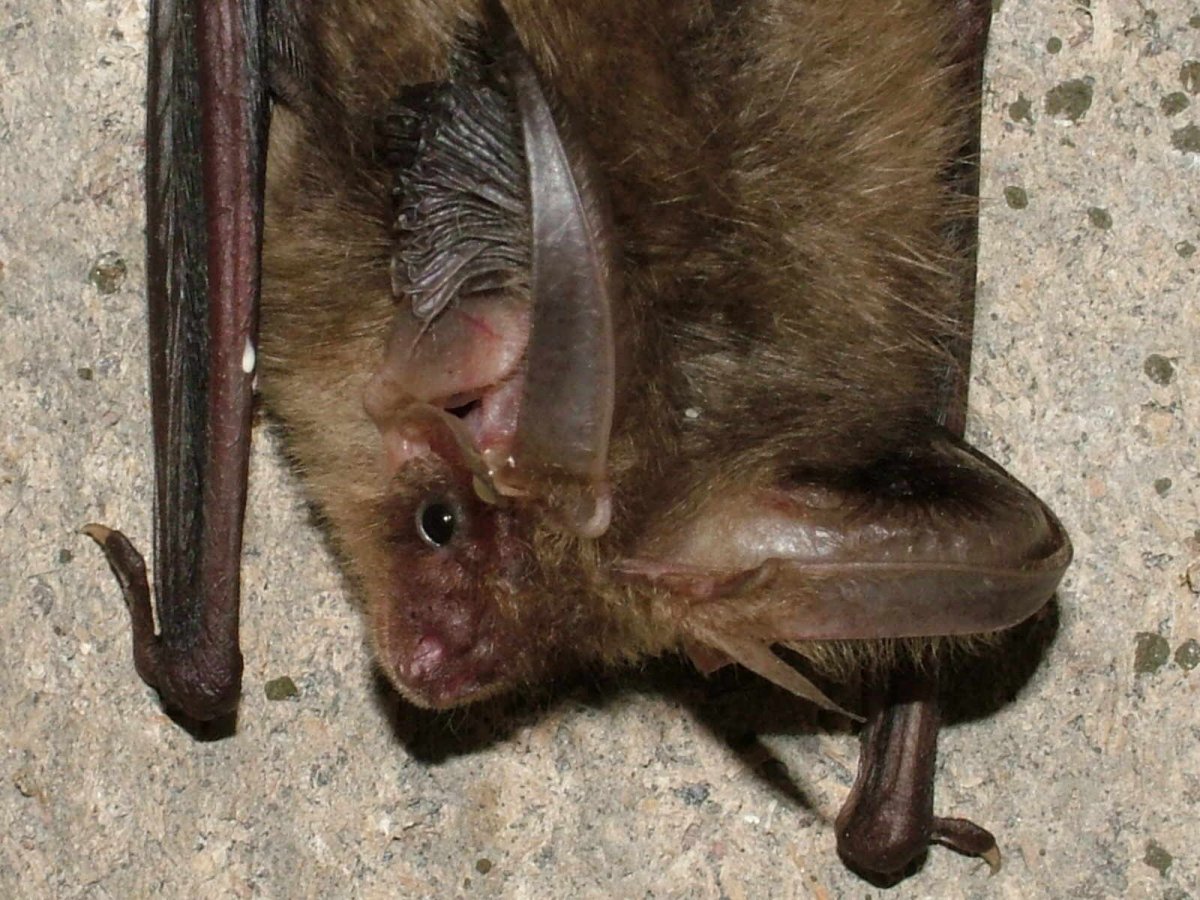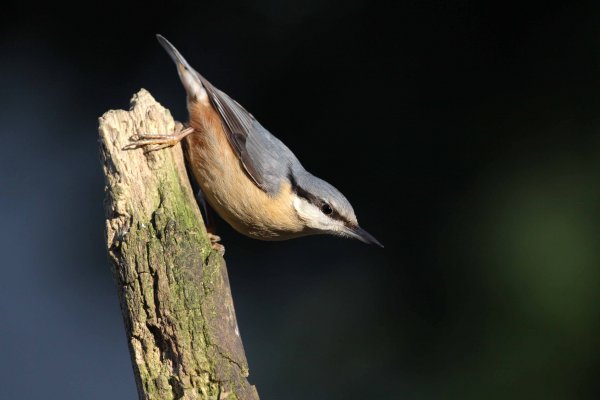BTO publishes peer-reviewed papers in a wide range of scientific journals, both independently and with our partners. If you are unable to access a scientific paper by a BTO author, please contact us.
Search settings
A global assessment of the conservation status of the nominate subspecies of Eurasian oystercatcher (Haematopus ostralegus ostralegus)
Author: Van de Pol, M., Atkinson, P.W., Blew, J., Duriez, O.P.M.B., Ens, J., Hälterlein, B., Hötker, H., Laursen, K., Oosterbeek, K.H., Petersen A., Thorup, O., Tjørve, K., Triplet, P., Yésou, P.
Published: 2014
The nominate subspecies of Eurasian Oystercatchers Haematopus ostralegus ostralegus is the most abundant of all oystercatchers and the best studied. The main breeding and wintering areas are centered on the North Sea, but the distribution covers the European Atlantic coast to as far south as Ghana in western Africa. Population size increased strongly from the 1960s to 1990s to over one million birds. Although part of this expansion may have been caused by an ongoing successful adaptation to breeding inland, the main driving forces behind this increase are not well understood. Subsequently, the population size decreased substantially by about 200,000 individuals, mainly due to strong decreases in the Dutch-German-Danish Wadden Sea area. The decrease in the Netherlands is attributed largely to overexploitation by mechanical shell-fisheries; additional factors such as agricultural intensification and reduced eutrophication are likely to also have contributed. The causes for the decreases in Germany and Denmark are less well understood and urgently require further study. In other areas numbers are fairly stable or increasing, but good data for the Nordic countries are lacking. The global (and national) conservation status of H. o. ostralegus is classified as of ‘Least Concern’. We discuss other threats, such as habitat loss, climate change, hunting and human disturbance, and make prioritized recommendations for research and management.
26.08.14
Papers
Bat-monitoring: a novel approach
Author: Newson, S.E., Ross-Smith,V., Evans, I.,Harold, R.,Miller, R. & Barlow,K.
Published: 2014
New BTO research shows how data collected by an army of volunteer citizen scientists have been used to map bats in unprecedented detail. The Norfolk Bat Survey began in 2013, and represents a novel way of collecting high-quality and extensive data sets on the distribution and activity of bat species.
04.04.14
Papers

Can management improve the value of shade plantations for the endemic species of São Tomé Island?
Author: De Lima, R.F., Viegas, L., Solé, N., Soares, E., Dallimer, M., Atkinson, P.W. & Barlow, J.
Published: 2014
Cocoa and coffee are among the most valuable tropical crops, with much of their production in areas of high biodiversity. Although this could suggest a conflict between agricultural expansion and biodiversity conservation, these crops are normally grown in shade plantations—a more biodiversity-friendly agroforestry system. Using São Tomé Island as a case study, we examined if shade plantation can benefit biodiversity by protecting extinction-prone island endemic species. We found that shade plantations held rich assemblages, even in comparison with forest: we estimated 30 bird and 74 tree species occurring in plantations compared to 24 bird and 108 tree species in forests. However, the structure of the assemblages was significantly different between ecosystems, with an average dissimilarity of 33.8 percent and 87.9 percent for birds and trees, respectively. Shade plantations had consistently less endemic species than the forest; we estimated a drop from 17 to 13 in birds and from 17 to 3 in trees. We also found that despite marked differences in the response of bird species to the vegetation characteristics of shade plantations, there was a strong positive link between aboveground tree biomass and endemic species richness and abundance. These results show that shade plantations hold assemblages impoverished in endemic species, but that management can improve their value for the conservation of these species. Finally, we suggest that biodiversity-friendly certification and carbon markets are used to implement and guarantee the long-term economical sustainability of practices that favor the endemic species in São Tomé's shade plantations.
03.03.14
Papers
Can site and landscape-scale environmental attributes buffer bird populations against weather events?
Author: Newson, S.E., Oliver, T.H., Gillings, S., Crick, H.Q.P., Morecroft, M.D., Duffield, S.J., Macgregor, N.A. & Pearce-Higgins, J.W.
Published: 2014
The impacts of projected climate change on the populations and distributions of species pose a challenge for conservationists. In response scientists and policy makers have proposed a number of management strategies to try and enable species to persist in a changing climate. However there is limited evidence to support these management interventions, making it difficult for conservationists to decide on the most appropriate action to take for different circumstances.
01.01.14
Papers

Upland land use predicts population decline in a globally near-threatened wader
Author: Douglas, D.J.T., Bellamy, P.E., Stephen, L.S., Pearce
Published: 2014
01.01.14
Papers